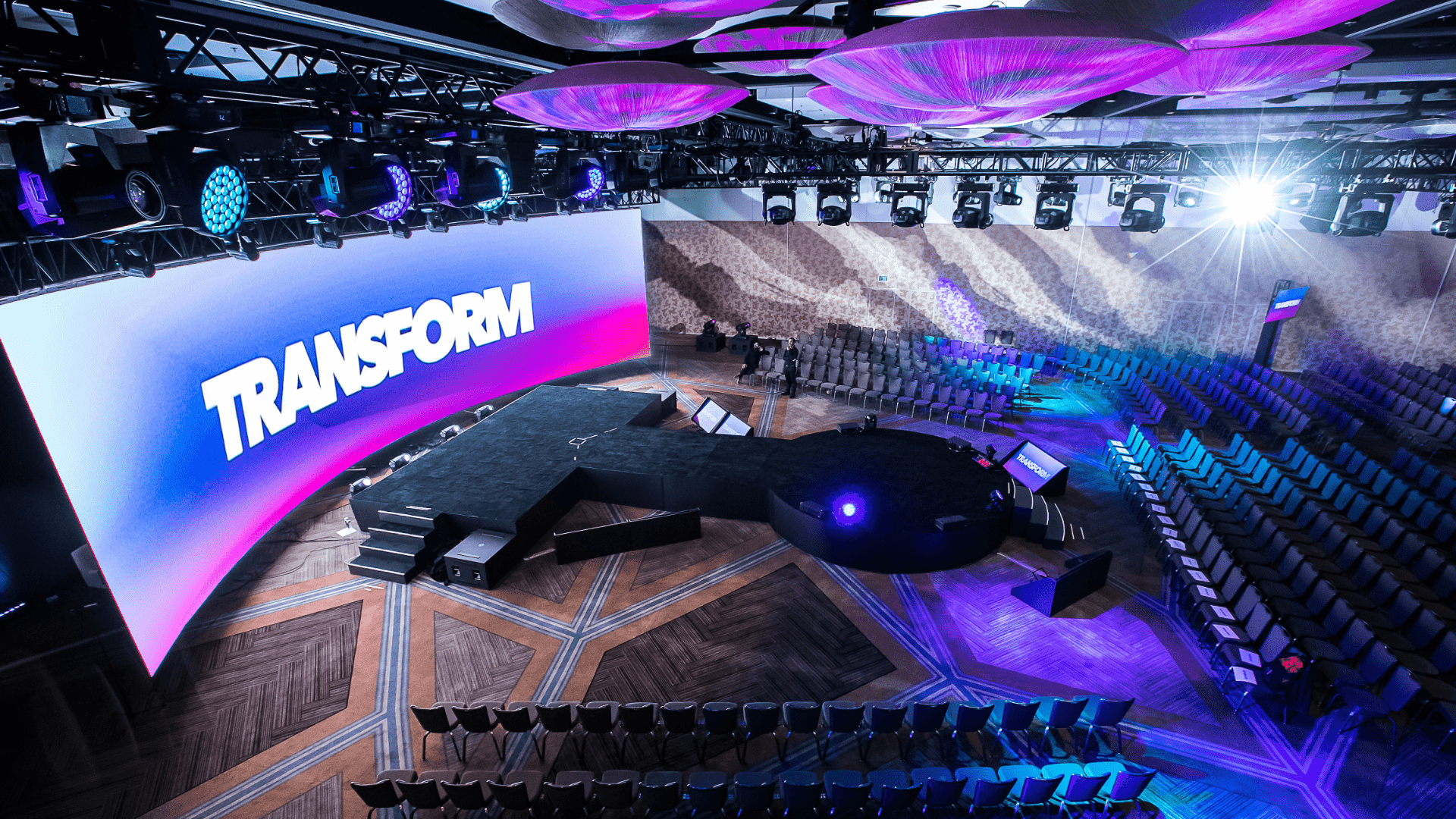Overcoming Challenges in the Art of Visual Projection Projection Mapping Execution
Wiki Article
Visual projection mapping is an exciting method that converts ordinary surfaces into engaging presentations. This technique enables artists and design professionals to project images and videos onto objects like structures, sculptures, or theaters, creating an engaging aesthetic encounter. However, despite its potential, implementing video projection mapping successfully comes with several obstacles. Understanding and addressing these hurdles is crucial for anyone seeking to create impactful projection art.
One of the primary difficulties in video projection mapping is ensuring that the displayed image matches accurately with the object. This process, known as "mapping," demands precise calculations and figures. If the projection is not aligned properly, the visuals can look warped or off. To address this issue, creators often use dedicated software that assists in mapping the visuals to the object's size. Moreover, conducting comprehensive tests before the final projection can help detect any discrepancies and enable for adjustments to be made.

Another major challenge is the varying luminosity and color of the displayed images. Different materials react variously to illumination, which can affect how the colors appear once cast. For instance, a light-colored material will reflect brightness differently than a dark one. To tackle this, artists must consider the surface properties before selecting browse around this website the hues and brightness for their displays. Testing the projection on the real surface during the planning phase can provide valuable understanding into how the final show will look.
Technological difficulties can also create a challenge in video projection mapping. Problems such as hardware failure, software glitches, or network problems can interfere with the entire production. To minimize these risks, it is essential to conduct comprehensive equipment inspections and have backup plans in position. This can comprise having extra cables, projectors, and even backup software options ready to go. Being prepared for technological difficulties can ensure a more seamless implementation of the projection.
Finally, audience engagement is an essential aspect of video projection mapping. While the visuals are key, how the viewers interact with the presentation can make a significant impact. Creators must think about how to design their projections to captivate viewers’ attention and encourage participation. This can entail incorporating elements that encourage participation or create a narrative that resonates with the audience. Gathering feedback from test audiences can also help refine the check out this site show to enhance engagement.
In conclusion, addressing obstacles in video projection mapping demands meticulous preparation and innovation. By tackling the issues of matching, luminosity, technological problems, and audience engagement, artists can create stunning and impactful projections. With the appropriate strategies in place, video projection mapping can transform ordinary spaces into remarkable experiences, captivating audiences and leaving a lasting impression.